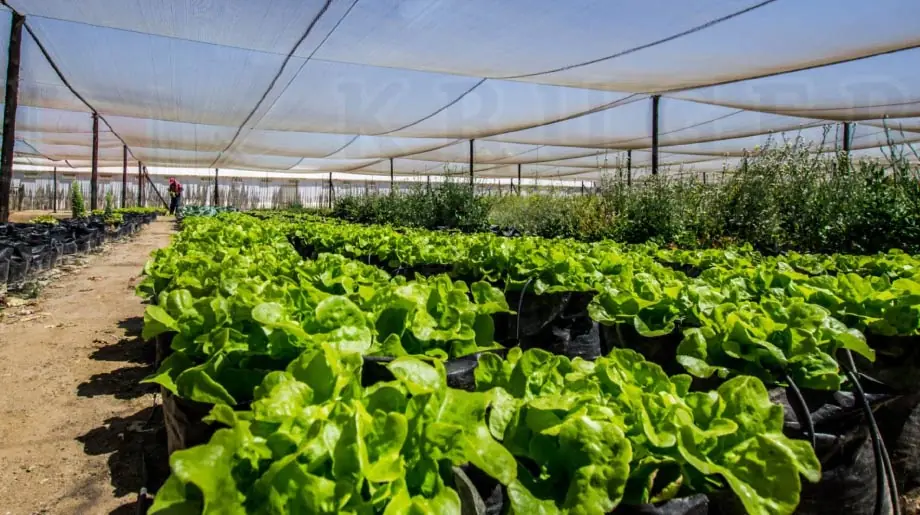The agricultural economy must be turned into an investment led and export driven economy with domestic and regional value chains adding value to available raw materials. Quality finished goods and services should become our tradable products, not only primary goods.
Public investment in the agricultural sector has been on a declining trajectory, having dropped from an average of 4.6% of the national budget 10 years ago, to 3.6% now. This low public sector investment in the agriculture sector highlights the large scope for public private sector partnerships through integrated and coordinated public private investment in the agriculture sector.
The way in which agricultural production and agro-processing value chains are developed and interlinked into the domestic and export markets will determine the appetite for private sector investment. Our job is to enhance the appetite.
The Green Scheme Project in Namibia encourages the development of irrigation in the maize triangle (Grootfontein, Tsumeb and Otavi), as well as in the central northern and north-eastern regions with water from the Kunene, Kavango and Zambezi rivers.
The Green Scheme also promotes agro-projects on the Orange River and at dams such as the Naute and Hardap dams in the south.
Agriculture contributes 5.1 % of the GDP of which 70 percent represents the output of the livestock sub - sector.
- The livestock sub-sector has potential to increase value addition, to create jobs and income and export opportunities, enhance food security and reduce dependence on imports.
- Namibian livestock farming is productive and export-led.
- Between 2012 and 2013 the number of animals sold doubled from 92,729 to 182,673.
